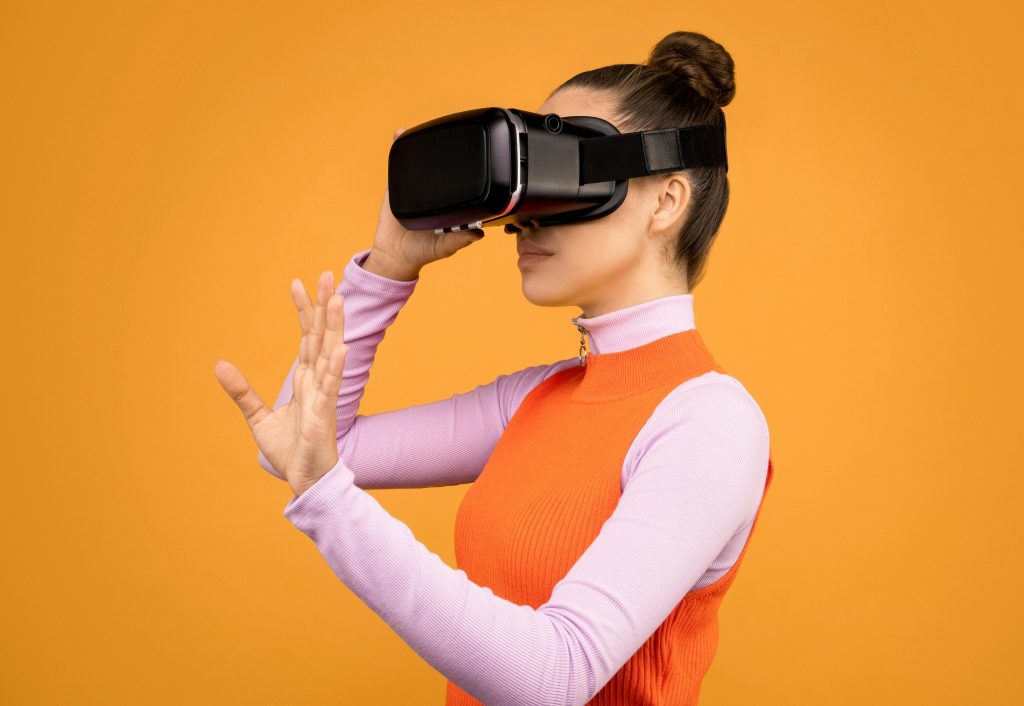Online shopping has transformed retail, offering convenience and variety at our fingertips. However, one limitation has always been the lack of physical interaction with products before purchase. This is where Augmented Reality (AR) steps in, bridging the gap between digital and physical shopping. AR is changing the way consumers explore, experience, and buy products online, making e-commerce more immersive and trustworthy.
1. Bringing Products to Life
-
Traditional online shopping often leaves customers guessing about size, fit, or color.
-
AR eliminates this uncertainty by allowing shoppers to visualize products in real environments.
-
For example, IKEA’s AR app lets users place virtual furniture in their living rooms to see how it fits and looks before buying.
2. Virtual Try-Ons for Fashion and Beauty
-
Fashion and beauty brands are leveraging AR to enable virtual try-ons.
-
Customers can see how clothes, glasses, or makeup look on them without visiting a store.
-
Sephora’s Virtual Artist app, for instance, allows users to test lipsticks and eye shadows using their phone cameras. This not only boosts engagement but also reduces return rates.
3. Enhancing Customer Confidence
-
One of the biggest barriers in online shopping is hesitation due to uncertainty.
-
AR provides a “try-before-you-buy” experience, increasing customer confidence in their choices.
-
With greater assurance, customers are more likely to complete purchases, improving overall conversion rates for retailers.
4. Personalized Shopping Experiences
-
AR tailors shopping journeys by offering personalized recommendations.
-
For instance, a shoe retailer can allow customers to virtually try on different styles, while AI suggests options based on their preferences and past behavior.
-
This combination of AR and personalization makes online shopping feel as interactive as in-store experiences.
5. Boosting Engagement and Reducing Returns
-
AR makes shopping more engaging and fun, encouraging customers to spend more time on websites and apps.
-
By showing accurate product visuals, AR helps reduce returns caused by mismatched expectations.
-
Retailers benefit from both increased sales and fewer logistical costs.
6. Expanding to Multiple Industries
-
While fashion and furniture are the leaders, AR is expanding into other sectors.
-
Automotive companies allow customers to explore car interiors virtually.
-
Real estate platforms use AR to give virtual tours of homes.
-
Even food brands are experimenting with AR packaging to offer interactive product information.
7. The Future of AR in Online Shopping
-
As AR technology becomes more accessible, adoption will grow across small and large businesses alike.
-
Integration with AI, 5G, and VR will create even more immersive shopping experiences.
-
The future could see entire virtual stores, where customers shop in a digital environment that feels just like a physical one.

Final Thoughts
AR is no longer a futuristic idea—it’s a present-day revolution in online shopping. By offering immersive product experiences, personalized recommendations, and greater confidence, AR is shaping the future of e-commerce. Brands that adopt AR early will not only attract tech-savvy consumers but also gain a lasting competitive advantage in the digital marketplace.
